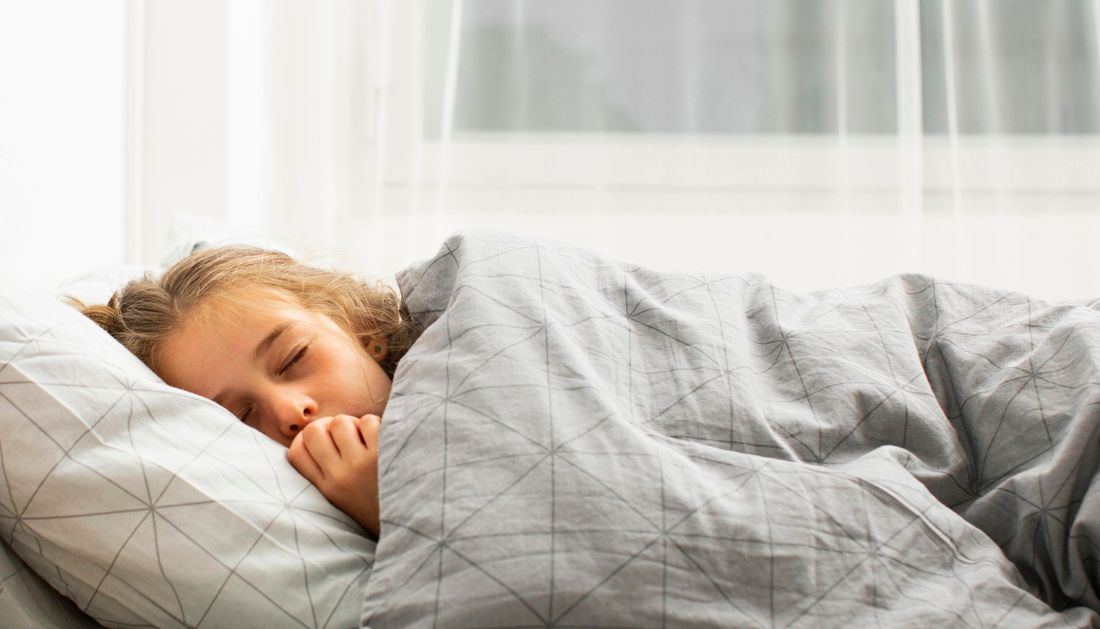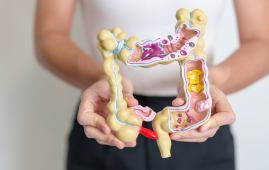

A recent study has brought to light a serious health concern: harmful chemicals in children’s mattresses and bedding could pose significant risks to developing bodies. With children spending up to 18 hours a day sleeping, their exposure to semi-volatile organic compounds (SVOCs) from mattresses, bedding, and air in sleeping environments is alarmingly high. The findings, published in Environmental Science & Technology Letters, call for urgent regulatory reforms and practical actions from both parents and policymakers.
The Study at a Glance: Harmful Chemicals in Children’s Mattresses and Sleeping Environments
Conducted in Canada between 2022 and 2023, the study measured the levels of 51 SVOCs — including organophosphate esters (OPEs), phthalates (PAEs), and ultraviolet (UV) filters — in children’s mattresses, bedding, and bedroom air. The researchers focused on young children aged six months to four years from middle- to high-income households in Ottawa and Toronto.
Sampling devices were placed under the bedding (to assess sleeping microenvironments or SMEs), inside mattresses, and in the room air. Findings revealed that SVOC concentrations were significantly higher in the SME zone, where the child breathes, than in the rest of the bedroom. This confirms that children are especially vulnerable due to prolonged time in close contact with these sources.
Key Findings on Harmful Chemicals in Children’s Mattresses:
-
Mattress and Bedding as Major Sources: Chemicals like tris(chloropropyl phosphate) (TCPP), diethyl phthalate (DEP), and di-n-butyl phthalate (DnBP) were found in alarming concentrations in mattress and SME samplers.
-
Presence of UV-328: This UV filter, now listed as a Persistent Organic Pollutant under the Stockholm Convention, was detected in mattresses, raising global regulatory concerns.
-
Influence of Room Features: Older mattresses showed higher levels of DEHP and BzBP, while room furnishings such as wall paint and carpets also contributed to chemical accumulation.
-
Additional Sources of Exposure: The study noted that mattress protectors and textiles, often containing PFAS and other chemicals, could further elevate risk. Surprisingly, some SVOC levels were higher than those found in office environments with new mattresses.
Why This Matters for Children’s Health:
Children’s developing bodies, higher breathing rates, and unique behaviors like mouthing objects make them particularly susceptible to environmental toxins. Chemicals such as phthalates and OPEs have been linked to hormonal disruption, asthma, and neurological effects. The findings demonstrate the urgent need to rethink the safety of common household items, especially those in close contact with children.
Call for Stronger Regulations and Safer Practices:
Despite regulations in North America and Europe, many harmful chemicals are still present in consumer products. Experts argue that regulatory lag and limited enforcement are allowing hazardous compounds to remain in circulation. The authors of the study urge policymakers to prioritize mattress and textile regulations and for manufacturers to use safer alternatives.
Practical Tips for Parents to Minimize Exposure:
-
Use certified, chemical-free mattresses and bedding.
-
Wash bedding and children’s clothing frequently to reduce accumulation of chemicals.
-
Avoid using mattress protectors that may contain PFAS.
-
Ventilate bedrooms regularly and limit synthetic materials in the sleeping area.
Conclusion:
This study underscores the urgent need to protect children from the harmful chemicals in their sleeping environments. While regulation is vital, awareness and informed decision-making by parents play an equally important role in minimizing risks. Healthcare professionals, researchers, manufacturers, and governments must come together to ensure safer sleep for our youngest and most vulnerable population.
For more information: Young children’s exposure to chemicals of concern in their sleeping environment: an in-home study. Vaezafshar, S., Wolk, S., Arrandale, V.H., Sü̈hring, R., Phipps, E., Jantunen, L.M., Diamond, M.L. Environmental Science & Technology Letters (2025). DOI: 10.1021/acs.estlett.5c00051, https://pubs.acs.org/doi/10.1021/acs.estlett.5c00051
more recommended stories
 36-Week Pre-eclampsia Screening May Reduce Term Risk
36-Week Pre-eclampsia Screening May Reduce Term RiskA New Preventive Strategy for Term.
 Cardiovascular Risk and Sudden Cardiac Death in Diabetes
Cardiovascular Risk and Sudden Cardiac Death in DiabetesRising Sudden Cardiac Death (SCD) Risk.
 Poor Kidney Function and Alzheimer’s Biomarkers Explained
Poor Kidney Function and Alzheimer’s Biomarkers ExplainedPoor kidney function may influence levels.
 Walking Speed Before Hip Replacement Predicts Recovery
Walking Speed Before Hip Replacement Predicts RecoveryNew Evidence Points to a Simple,.
 Neuroblastoma Drug Combo Extends Survival in Models
Neuroblastoma Drug Combo Extends Survival in ModelsA Promising Shift in High-Risk Neuroblastoma.
 How Soybean Oil Impacts Weight Gain and Metabolism
How Soybean Oil Impacts Weight Gain and MetabolismWhy Soybean Oil May Affect Metabolism.
 Coffee and Cognitive Function: Evidence Review
Coffee and Cognitive Function: Evidence ReviewA new narrative review in Cureus.
 Colorectal Cancer Screening Rates Low in Adults 45–49
Colorectal Cancer Screening Rates Low in Adults 45–49Recent UCLA research reveals that colorectal.
 Gut Immune Cells and Long-Lasting Antiviral Protection.
Gut Immune Cells and Long-Lasting Antiviral Protection.Breakthrough Findings on How Gut Immune.
 Mild Pancreatic Duct Dilatation Signals Higher Cancer Risk
Mild Pancreatic Duct Dilatation Signals Higher Cancer RiskEarly Structural Changes Offer Critical Clues.

Leave a Comment